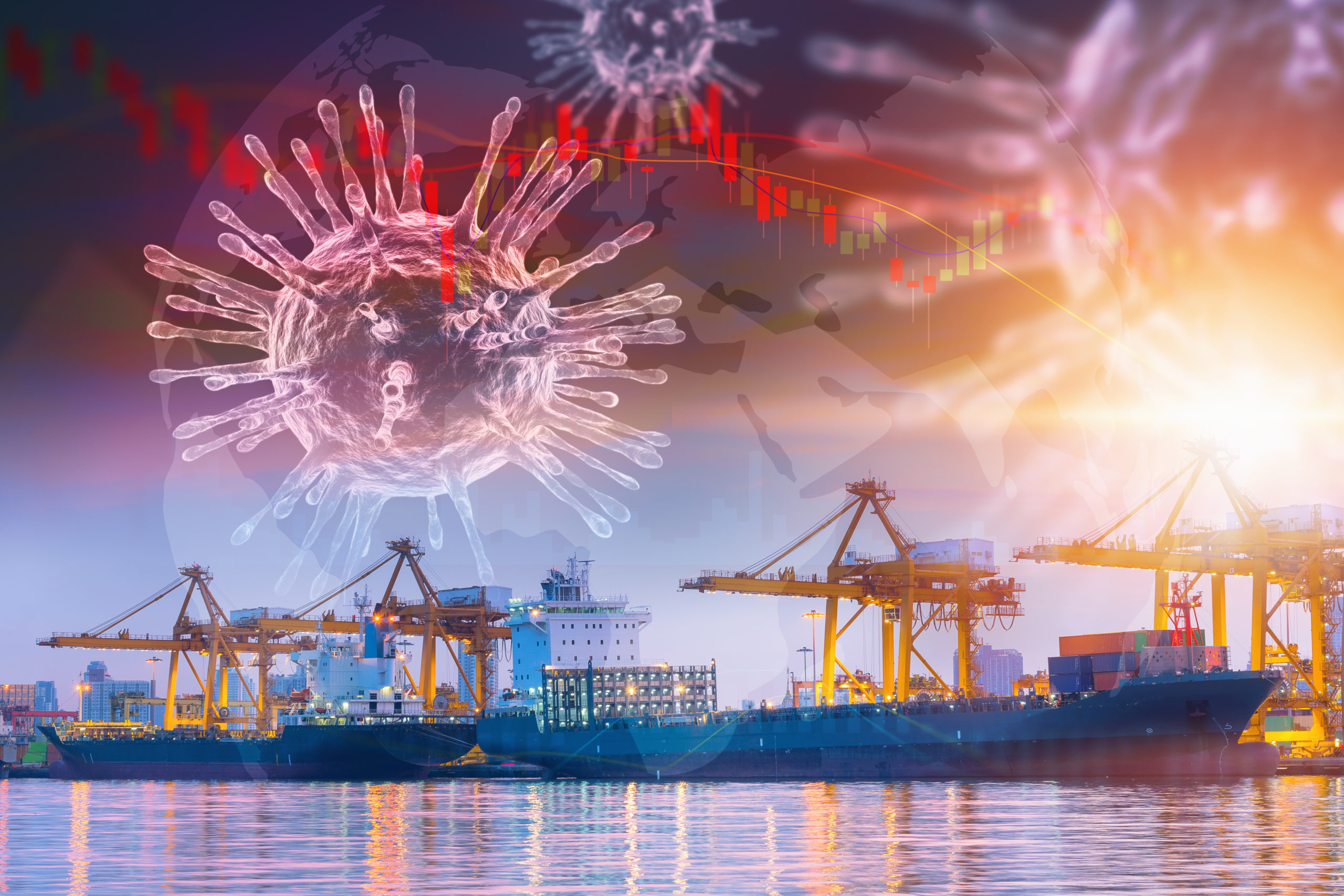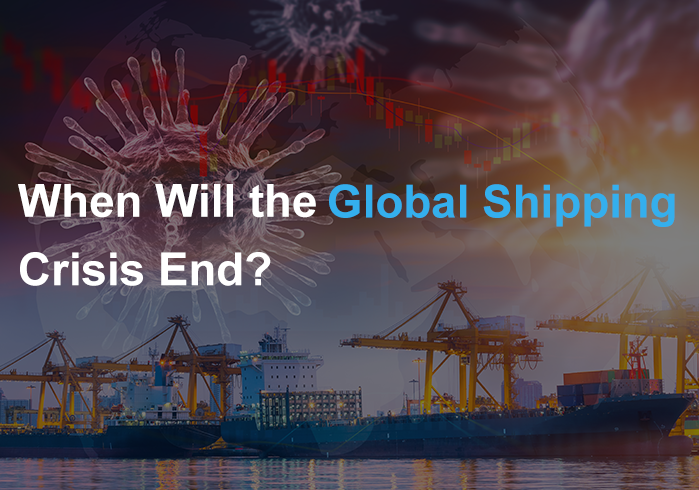
Reading the signs correctly
Now that some parts of the developed world are finally beginning to see significant gains against the COVID-19 pandemic, the shipping industry has started the process of mapping its own recovery. One of the main questions is the extent to which the recovery is possible. Other questions remain about the timing and how it will impact the overall health of the sector. This article highlights the key indicators of when there may be light at the end of the tunnel.
Key indicators of a recovery in the shipping industry
It is likely that the media which covered the fallout from the COVID-19 pandemic will also play a pivotal role in showcasing progress. For example, the top stories of 2021 in the industry have been dominated by the pandemic. There has been speculation from all corners, but the most credible perspectives will be of those that have experience in the industry.
Another important indicator will be ocean import volumes. Ocean import volumes will indicate that the overall global economy is recovering, particularly manufacturing and export. The fact that many of these goods will be transported on the oceans will be an indicator that the sector has recovered and now is an active ingredient in international trade.
During the recovery, there may be trends showing that some of the original powerhouses in the ocean trade like the US, Europe, and Southeast Asia are coming back. Currently, many of the indicators are coming from China and the US as the country of origin and destination, respectively, when it comes to exports.
Increasing demand for cheap imports and raw material
The old game of using cheap raw materials from the developing world to create expensive finished luxury products from the developed world is likely to come into play once more during the recovery. China had secured itself something of a niche as the agent that was able to manufacture finished goods from the raw materials that it imported from the poorest parts of Africa. The finished products would then end up in Europe and North America. Along the way, the shipping industry would facilitate trade.
During the crisis, there has been a shortage of space within the shipping industry even as demand continues to rise. Now, demand has exceeded all expectations and the industry simply does not have the capacity to meet the requirements of consumers. Many people have gone away from offline shopping and are now firm believers in the value of e-Commerce. Currently, ocean and freight are the only viable ways of linking the buyer and seller in an online context so that the delivery can be concluded.
If demand continues to grow, then we can safely assume that incomes have risen, and that consumer confidence can support the shipping industry. However, if demand becomes sluggish then the recovery may not be as healthy as the initial indicators. We also must think of more rational ways of using capacity.
Improved capacity to ship cargo will indicate success in recovery
Currently, the shipping industry is facing all sorts of logistical challenges with bottlenecks that are operational and structural. Recently, there was the Suez Canal fiasco during which there were significant delays in delivering cargo to its destination. The port authorities responded by charging demurrage fees and other costs which inspired shippers to use alternative avenues where they were available. If we see that capacity is sufficiently and well distributed then it will be clear that the industry is moving towards a full recovery.
Reading the statistical data on capacity can be tricky since there is a period of exceptional and unexpected demand like we are having today. Yet, there are other periods in which the demand is sluggish and consumer confidence is low. This is what happened during the pandemic. The dilemma for shippers and carriers is that it is not clear whether or not such slumps will return.
The current demand levels exceed pre-pandemic levels, and that pattern is expected to hold as more people move to e-Commerce. Estimates indicate that the holiday season this year will bring even more demand. It is not clear that the demand will be a true indicator of a recovered market because it may be a seasonal adjustment and nothing more.
A new normal will herald a recovery
Few in the industry expect a replication of pre-pandemic conditions. There have been many changes and the industry has had to make certain adjustments. The statistics for the four years preceding the pandemic can be misleading because we do not really know what the post-pandemic market will be like. For example, current demand has exceeded expectations following the downturn that was created by the pandemic.
However, there are patterns that might be useful for knowing when the new normal has settled in. For example, we know that traditionally the shipping seasons begin with a slow start. The shipping volume then gradually increases until it peaks towards the third quarter. As deliveries are completed for the holiday season, there is a slight wind down in the last 60 days of the year. If these patterns begin to re-emerge then we can assume that a new normal has been established, albeit with different volumes, prices, and capacities.
It is critical to watch out for the decline that should come at the end and beginning of the year. This has been the key to determining the ideal logistics capacity demand and supply. When equilibrium between these variables is achieved then the market is healthy and can sustain the next year. This pattern had been broken at the end of 2018 and the beginning of 2019. This was when many consumers engaged in forward-buying as they feared the crippling effects of tariffs that had been inspired by the quasi-trade war between the Trump administration and China. The industry should watch out for such anomalies, albeit in the context of a new US administration that is more internationalist in its approach.
Wrapping up
As countries begin the long journey towards recovery following the COVID-19 pandemic, the shipping industry must assess its own future. In an era of uncertainty and limited information, it will be hard to predict the new normal. However, we can assume that the market is back when there is sufficient supply of shipping space to meet demand, volumes are back to pre-pandemic levels, and more positive news is coming out of the industry.


